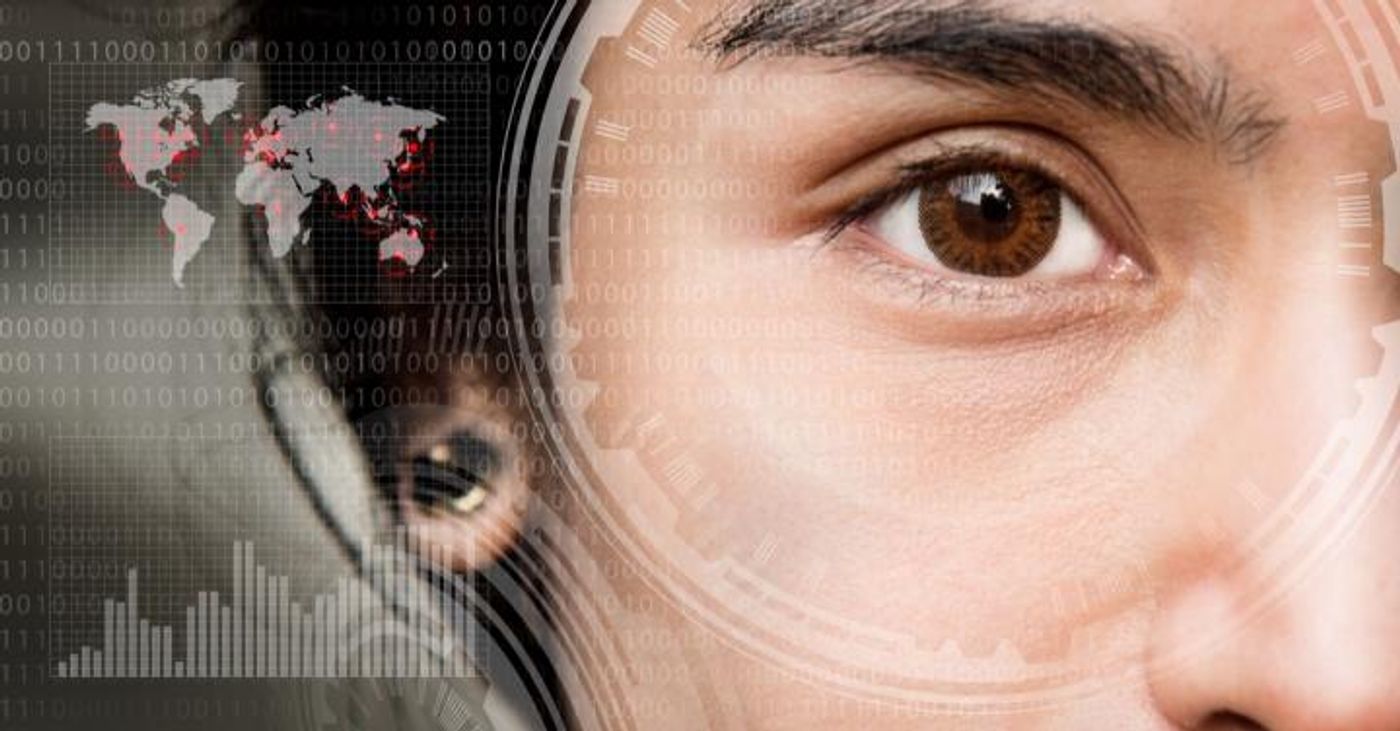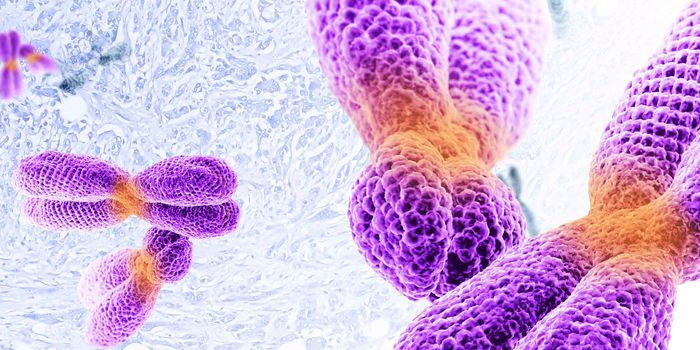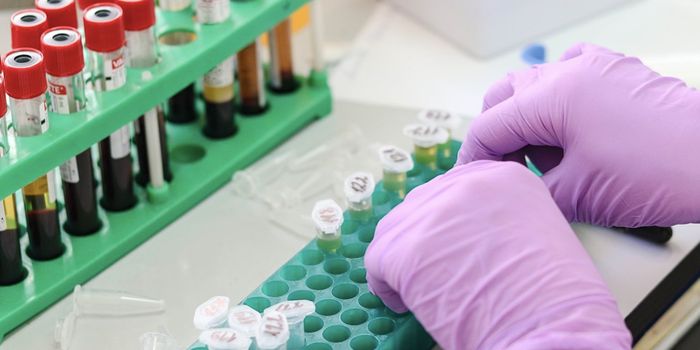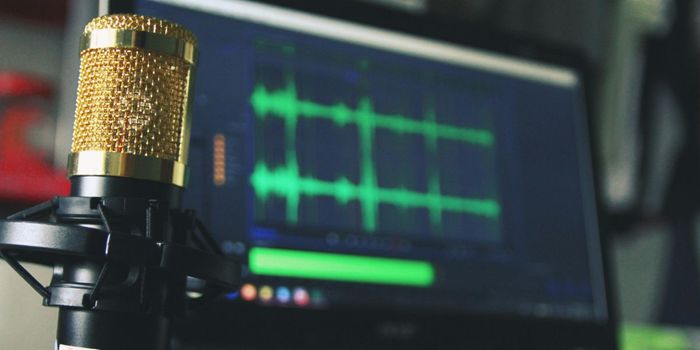Artificial Intelligence Builds Algorithms for Diagnosing Eye Disease
With the help of Google’s artificial intelligence (AI) research group, scientists are on their way to relying on algorithms and software to make diagnoses as accurate and precise as a group of specialists would. In a new study from the American Academy of Ophthalmology, researchers recruit AI to improve detection and diagnosis for a common diabetic eye disease.
Diabetic retinopathy is the most common cause of vision loss for people with diabetes, of which there are 29 million in the United States alone. This form of diabetic eye disease affects blood vessels in the retina, the eye’s light-sensitive tissue, causing progressive vision loss that is often irreversible. In addition to diabetic retinopathy, people with diabetes are also at risk for diabetic macular edema (DME), cataracts, and glaucoma. Needless to say, annual screenings for vision loss are vital for diabetics.
To combat diabetic retinopathy, the new study aimed at making computer software capable of performing like a retinal specialist would. In the past, researchers worked with neural networks, “complex mathematical systems for identifying patterns in data.” Researchers wanted to “teach” these neural networks to detect early signs of retinopathy, using thousands of retinal image scans to do the teaching. Results showed that neural networks detected and diagnosed disease “roughly as well” as human retinal specialists.
But researchers wanted the software to be even more accurate. They wanted to build an algorithm that reflects the abilities of a “panel of subspecialists” who sit down with a patient to talk about a specific case of retinopathy and how to treat it, describes Google AI’s Lily Peng, MD, PhD.
Peng’s study compared the performance of the original algorithm used with the neural networks with “manual image grading” from either three general ophthalmologists or three retinal specialists. Doctors look for detailed features like small aneurysms and hemorrhages.
The study ultimately showed that the precision of the retinal specialists’ diagnoses was more in-depth than that of the general ophthalmologists.
Peng adjusted and improved the software’s algorithm to reflect the precision indicated by the retinal specialists, which ultimately enhanced the software’s ability to detect and diagnose disease.
Peng and her team have high hopes for this software, not just for diagnosing diabetic retinopathy: "We believe this work provides a basis for further research and raises the bar for reference standards in the field of applying machine learning to medicine.”
The present study was published in the journal Ophthalmology.
Sources: National Eye Institute, American Academy of Ophthalmology









